How to choose the right turntable cartridge?
The purpose of this step-by-step guide is to provide you with a clear and concise process for selecting the right turntable cartridge for your record player. We understand that choosing the right cartridge can be overwhelming due to the wide variety of options available. This guide aims to simplify the decision-making process by breaking it down into easily understandable steps. By following this guide, you will be able to make an informed decision and enhance your overall listening experience.
Top-selling Turntables and Vinyl Players
Understanding Turntable Cartridges
A turntable cartridge is a crucial component of a record player that houses the stylus (needle) and converts the vibrations from the record grooves into electrical signals. It plays a significant role in determining the overall sound quality of your record player setup. The cartridge is responsible for accurately tracking the record’s grooves, preserving the delicate nuances of the music, and minimizing distortion and wear on your vinyl collection.
There are several types of cartridges available in the market, each with its own characteristics and performance levels. Moving magnet (MM) cartridges are the most common and budget-friendly option. They produce a warm, smooth sound and offer easy stylus replacement. Moving coil (MC) cartridges, on the other hand, are known for their high-end audio performance and detailed sound reproduction. They require a phono preamp with MC compatibility and are generally more expensive.
Within these categories, there are various models and brands to choose from, each offering different specifications and sound signatures. It’s important to consider factors such as stylus shape, tracking force, compliance, and output level when selecting a cartridge that suits your preferences and turntable setup. Exploring the market and consulting with experts can help you make an informed decision about the cartridge that will enhance your listening experience and maximize the potential of your record player.
Identifying Your Turntable's Compatibility
To determine the compatibility of a turntable cartridge with your specific record player, follow these steps:
- Identify the Mount Type: Start by identifying the mount type of your turntable’s tonearm. There are two common mount types: the Standard Mount (also known as the 1/2-inch mount) and the P-Mount (also known as the T4P mount). Look for markings or labels on your turntable or consult the user manual to determine the mount type.
- Check Cartridge Compatibility: Once you know the mount type, you can determine the cartridge compatibility. For the Standard Mount, most cartridges will be compatible as long as they have a standard 1/2-inch mount. However, for P-Mount turntables, you need to find cartridges specifically designed for P-Mount systems. Check the manufacturer’s specifications or consult with a professional to ensure compatibility.
- Consider Tracking Force: Tracking force refers to the downward pressure exerted by the cartridge’s stylus on the record. It is crucial to select a cartridge that matches the recommended tracking force range specified by your turntable’s manufacturer. Excessive or insufficient tracking force can lead to poor sound quality or damage to your records. Consult the manufacturer’s guidelines or the cartridge’s documentation for the recommended tracking force range.
By following these steps, you can easily determine the compatibility of a turntable cartridge with your specific record player. Remember to check the mount type and consider the tracking force to ensure optimal performance and preserve the quality of your vinyl records.
Consider Your Sound Preference
To determine the sound preference that best aligns with your desired listening experience, it is important to consider the different sound characteristics offered by various turntable cartridges. Each cartridge has its own unique sonic qualities, which can greatly impact the overall sound reproduction of your vinyl records.
When evaluating turntable cartridges, you may come across terms such as warm, bright, and detailed. A warm sound refers to a more laid-back and smooth audio output, with emphasis on lower frequencies. This can result in a more relaxed and mellow listening experience. On the other hand, a bright sound tends to be more lively and energetic, with emphasis on higher frequencies. This can provide a sense of clarity and presence, particularly with vocals and instruments that have a lot of high-frequency content. Lastly, a detailed sound captures more nuances and subtle details in the music, allowing for a more immersive and engaging experience.
To determine which sound characteristic suits your preference, it is recommended to consider your musical genre preferences, personal listening habits, and the type of audio equipment you have. For example, if you enjoy listening to jazz or classical music and value a rich and warm sound, a cartridge with warm characteristics may be ideal. Conversely, if you primarily listen to rock or pop music and prefer a more dynamic and detailed sound, a cartridge with bright or detailed characteristics might be more suitable.
To make an informed choice, it is advisable to read reviews, seek recommendations, and, if possible, audition different cartridges to experience their sonic qualities firsthand. By considering these different sound characteristics and aligning them with your desired sound preference, you can enhance your listening enjoyment and create a more personalized audio experience.
Setting Your Budget
Determining your budget for a turntable cartridge requires careful consideration of both your financial constraints and the expected quality of sound you desire. By following these steps, you can make an informed decision that balances your budget with your audio preferences.
- Assess your financial constraints: Begin by evaluating how much you are willing and able to spend on a turntable cartridge. Consider your current financial situation and set a realistic budget. Keep in mind that turntable cartridges can vary greatly in price, ranging from budget-friendly options to high-end models.Example: If you have a limited budget and are just starting out, you may want to allocate around $50-$100 for a decent entry-level cartridge.
- Determine your sound quality requirements: Consider the level of audio performance you expect from your turntable cartridge. Think about the primary purpose of your setup, whether it is casual listening or professional-grade sound reproduction. This will help you decide on the level of quality you need and the amount you should allocate for your cartridge.Example: If you are an audiophile looking for exceptional sound quality and are willing to invest more, consider budgeting around $300-$500 for a high-quality, audiophile-grade cartridge.
- Research cartridge options: Once you have established your budget range, research different turntable cartridges that fall within it. Read reviews, compare specifications, and listen to audio samples if possible. This will give you a better understanding of the available options and help you narrow down your choices.Example: In the $100-$200 range, popular options include the Audio-Technica AT95E and Ortofon 2M Red cartridges, both known for their excellent performance and value.
- Consider long-term value: While it’s important to stay within your budget, also keep in mind the long-term value of your investment. Higher-quality cartridges often offer better sound reproduction and durability, leading to a more satisfying listening experience in the long run. Therefore, it may be worth stretching your budget slightly if you can afford it.Example: If you can afford to spend a little more, cartridges like the Nagaoka MP-110 or the Grado Prestige Gold offer superior performance and longevity for around $200-$300.
Remember, setting your budget for a turntable cartridge is a personal decision that depends on your financial situation and audio preferences. By carefully considering these factors and researching available options, you can find a cartridge that strikes the right balance between price and performance.
Research and Compare Cartridges
To thoroughly research and compare different turntable cartridges, follow these step-by-step instructions to ensure you make an informed decision:
- Determine your needs and budget: Begin by assessing your requirements and budget for a turntable cartridge. Establishing your specific needs and financial limitations will help narrow down your options.
- Read reviews and ratings: Conduct a thorough review search online to find reliable sources of information. Look for reputable websites, forums, and online stores that feature customer reviews and ratings. Read multiple reviews to gain a comprehensive understanding of each cartridge’s performance, durability, and sound quality.
- Consult experts: Seek advice from industry professionals, such as audio specialists or turntable enthusiasts. They can provide valuable insights and recommendations based on their experience and expertise. Reach out to them through online communities, forums, or dedicated audio equipment stores.
- Consider manufacturer reputation: Research the reputation of different cartridge manufacturers. Look for established brands known for producing high-quality cartridges with a track record of reliability and customer satisfaction. A reputable manufacturer is more likely to provide consistent performance and support.
- Compare specifications: Examine the technical specifications of each cartridge you are considering. Pay attention to key aspects such as frequency response, stylus type, tracking force, impedance, and compliance. Understanding these specifications will help you determine which cartridge best suits your turntable and personal preferences.
- Listen to audio samples: Whenever possible, listen to audio samples of the cartridges you are interested in. This will allow you to gauge their sound characteristics and performance firsthand. Online audio demonstrations or visiting a local audio equipment store can help you make a more accurate comparison.
- Consider long-term costs: Take into account the long-term costs associated with owning a cartridge. Consider factors like stylus replacement, cartridge maintenance, and upgrade options. Some cartridges may require frequent stylus replacements or have limited upgrade possibilities, which may impact your decision.
By following these steps, you will be able to conduct thorough research and make an informed decision when comparing different turntable cartridges. Remember to prioritize your needs, consult multiple sources, and consider both expert opinions and user reviews.
Making the Final Decision
To assist you in evaluating your options and making an informed decision, there are several key factors you should consider: compatibility requirements, sound preference, budget, and research.
First, evaluate your compatibility requirements. Identify the specific features, specifications, or functionalities that are essential for your needs. Consider aspects such as operating systems, software compatibility, hardware requirements, and any specific compatibility needs for your work or personal use.
Next, take into account your sound preference. Determine the type of audio experience you desire, such as crisp and clear sound quality, deep bass, surround sound, or noise-canceling capabilities. Consider whether you will primarily use the device for music, movies, gaming, or other activities, and choose accordingly.
Budget is another critical aspect. Determine how much you are willing to spend on the device. Research and compare prices of different options within your budget range. It is important to strike a balance between affordability and quality, ensuring that you get the best value for your money.
Lastly, conduct thorough research. Read reviews, visit reliable websites, and seek recommendations from trusted sources. Gather as much information as possible about the options you are considering. Pay attention to customer feedback, expert opinions, and product specifications. This will help you make an informed decision based on solid information.
By evaluating your compatibility requirements, sound preference, budget, and conducting thorough research, you will be equipped with the necessary information to make an informed decision. Remember to consider all these factors and weigh them according to your personal priorities.
Key Considerations for Selection
In conclusion, selecting the right turntable cartridge is crucial for achieving the best sound quality and overall enjoyment of your vinyl records. Throughout this guide, we have discussed the key factors to consider when making your choice, including stylus type, tracking force, compatibility, and budget. By taking these factors into account and conducting thorough research, you can ensure that your turntable cartridge suits your specific needs and preferences. Remember that investing in a high-quality cartridge will not only enhance the fidelity of your music but also prolong the lifespan of your records. So, take your time, evaluate your options, and make an informed decision to elevate your vinyl listening experience to the next level. Happy listening!

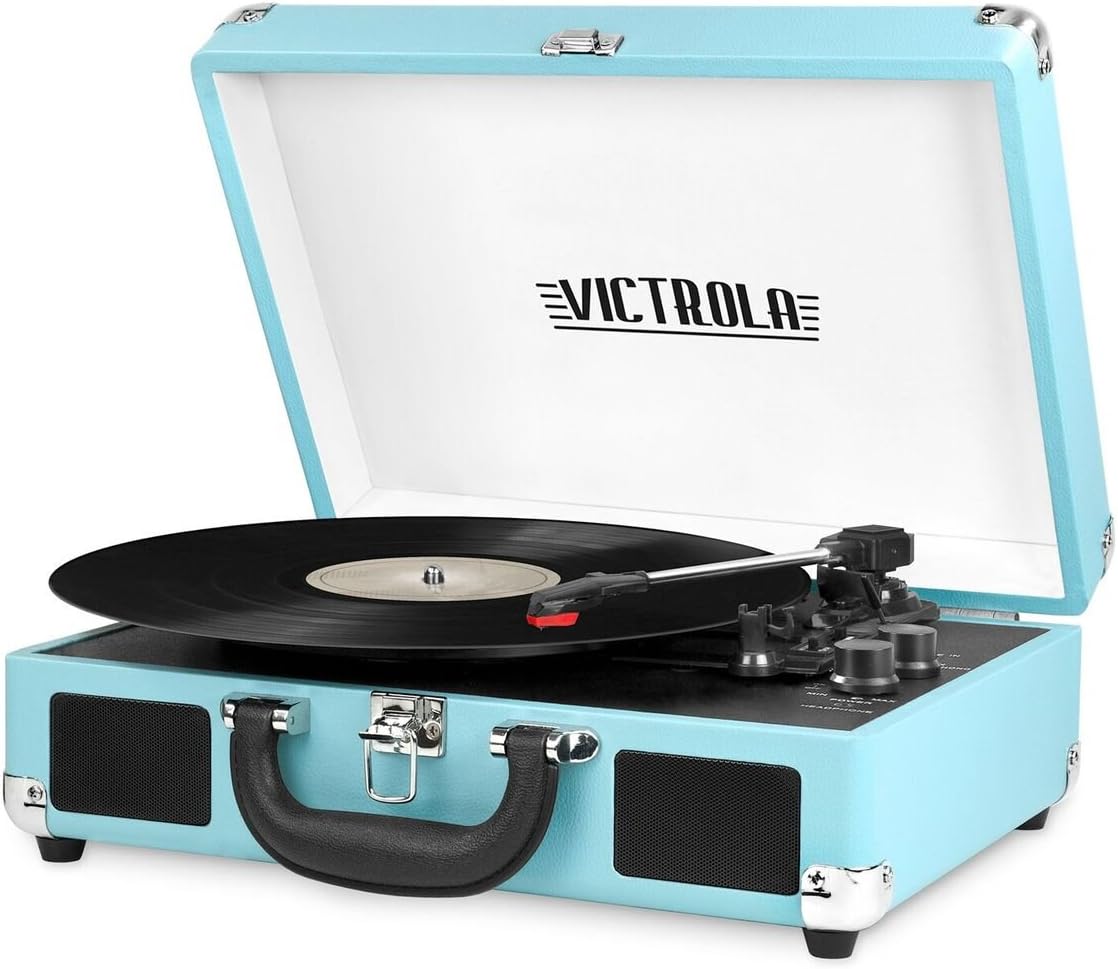







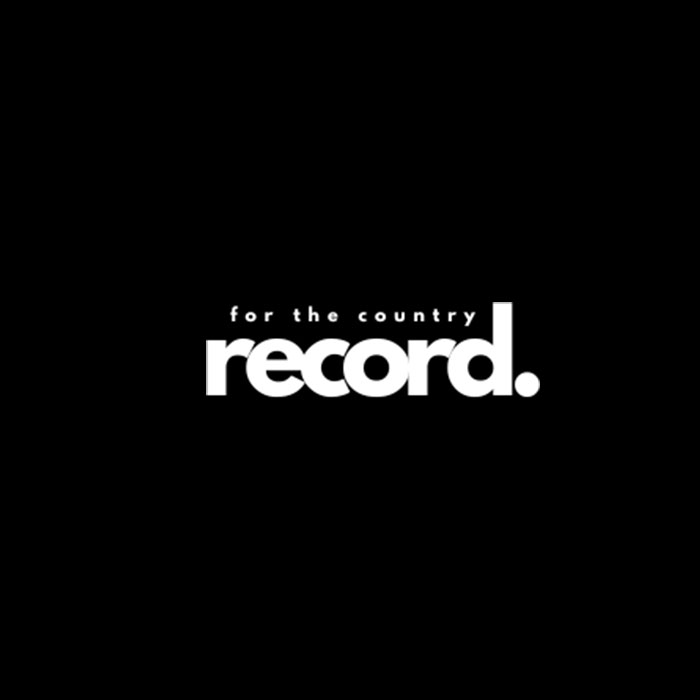
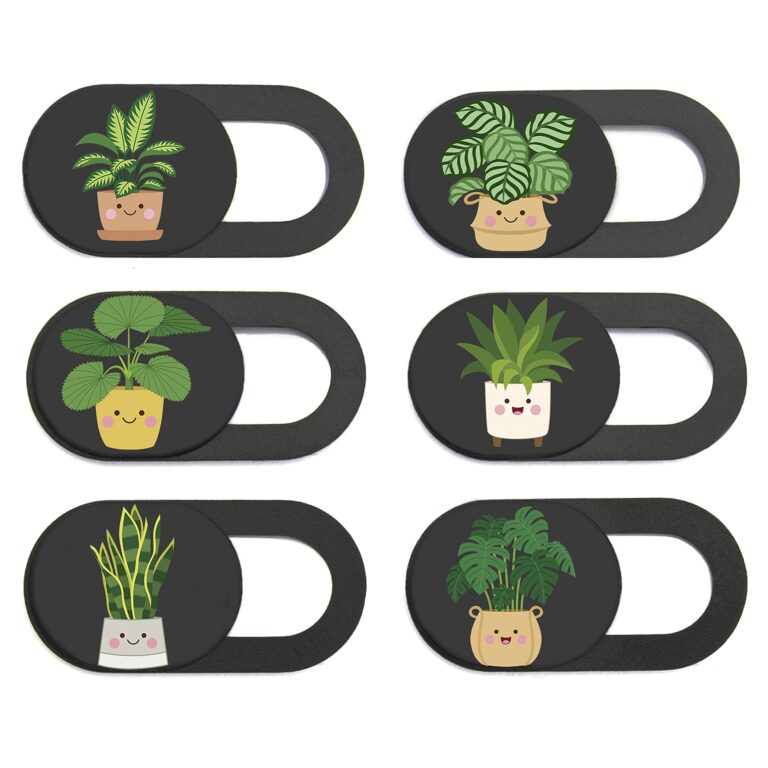
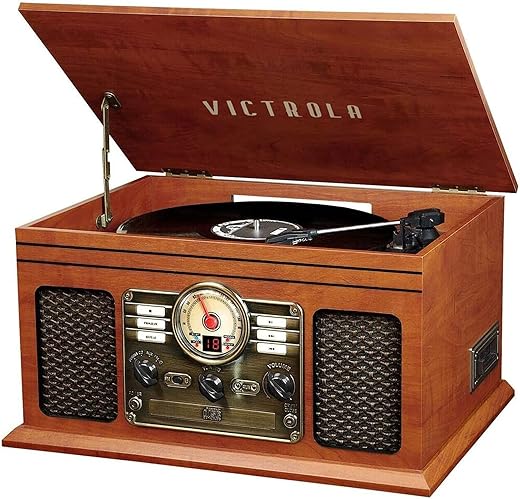
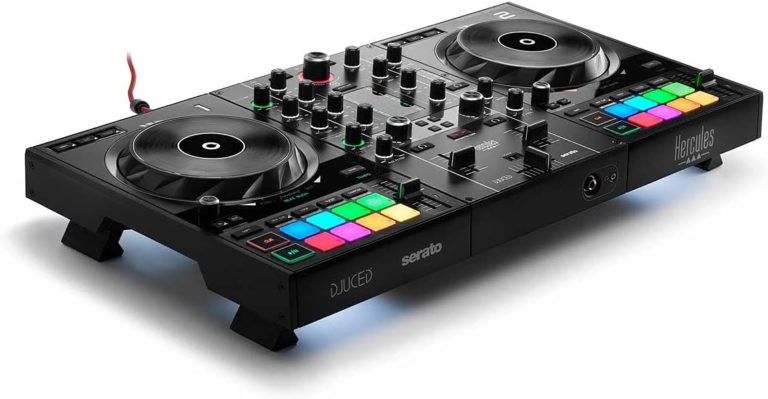
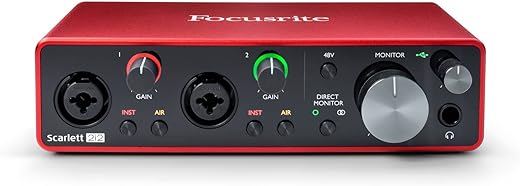
I’ve been using a basic cartridge for a while now and I’m ready to upgrade. Any tips on how to choose a cartridge that suits my sound preference? I mainly listen to jazz and classical music.
Great to hear that you’re looking to upgrade your cartridge! When it comes to jazz and classical music, you might want to consider cartridges that offer a balanced and detailed sound reproduction. Look for cartridges with a wider frequency response and good tracking ability. Some popular options for jazz and classical enthusiasts are the Ortofon 2M Red and the Grado Prestige Gold. Give them a listen and see which one suits your taste best!
I really enjoyed this guide! It would be great if you could write a follow-up article about how to properly clean and maintain turntable cartridges to ensure their longevity and optimal performance.
Thank you for your suggestion! We’re glad you found the guide enjoyable. Cleaning and maintaining turntable cartridges is indeed an important topic. We’ll definitely consider covering it in a future article. Stay tuned for more helpful guides!
I have a question about Step 5. When researching and comparing cartridges, what are some key factors I should focus on? Any tips on what to prioritize or look out for?
That’s a great question! When researching and comparing cartridges, some key factors to consider are stylus type, tracking force range, frequency response, channel separation, and overall build quality. Look for cartridges that match your turntable’s compatibility, offer good tracking ability, and are known for their accurate and detailed sound reproduction. Additionally, reading reviews and listening to audio samples can also help you get a better idea of the cartridge’s performance. Good luck with your research!
Thank you for this informative guide! I recently bought a turntable and was completely lost when it came to choosing the right cartridge. Your guide helped me understand the different types and features to consider. I ended up going with the Audio-Technica AT95E and it has made a world of difference in the sound quality. Highly recommend!
This guide is great, but do you have any advanced tips for those of us who are more experienced with turntables? I’d love to learn some additional tricks or techniques for choosing the perfect cartridge.
We’re glad you found the guide helpful! For more advanced turntable enthusiasts, one additional tip is to consider the compliance of the cartridge. Cartridge compliance affects how well the cartridge tracks the record grooves. High-compliance cartridges work well with low-mass tonearms, while low-compliance cartridges are better suited for high-mass tonearms. Finding the right balance between cartridge compliance and tonearm mass can further enhance the performance of your turntable setup. Happy exploring!
I followed your guide step by step, but I’m having trouble identifying the compatibility of my turntable. Are there any specific things I should be looking for? Any troubleshooting tips would be greatly appreciated.
Sorry to hear that you’re having trouble with identifying the compatibility of your turntable. It can be a bit tricky sometimes. Make sure to check the specifications and documentation of your turntable to see if it mentions anything about cartridge compatibility. If you’re still unsure, you can try reaching out to the manufacturer or a knowledgeable audio technician who may be able to assist you further.
Thank you for your comment! We’re glad to hear that the guide was helpful and that you’re enjoying the Audio-Technica AT95E cartridge. It’s a popular choice among many turntable enthusiasts. Happy listening!